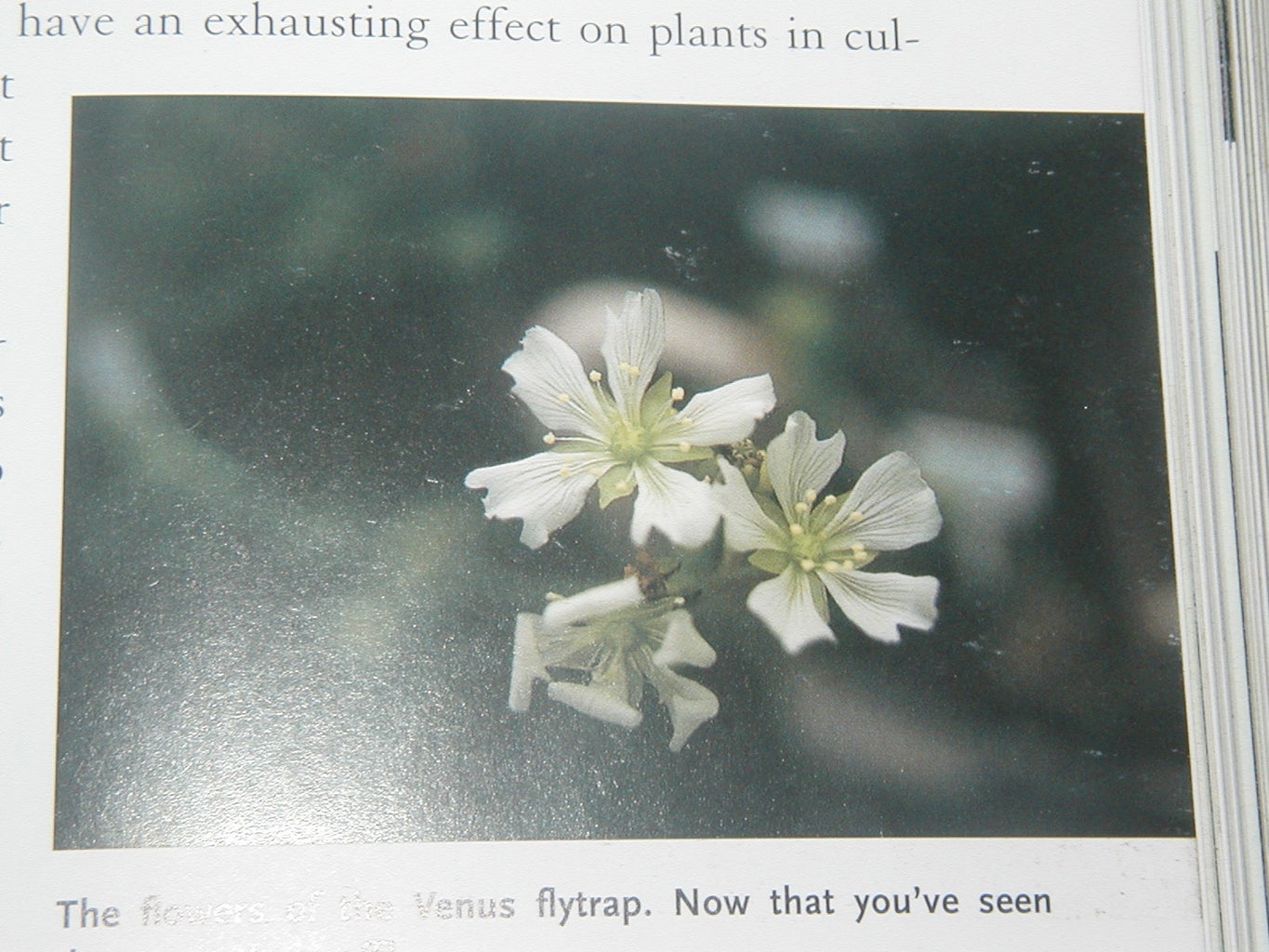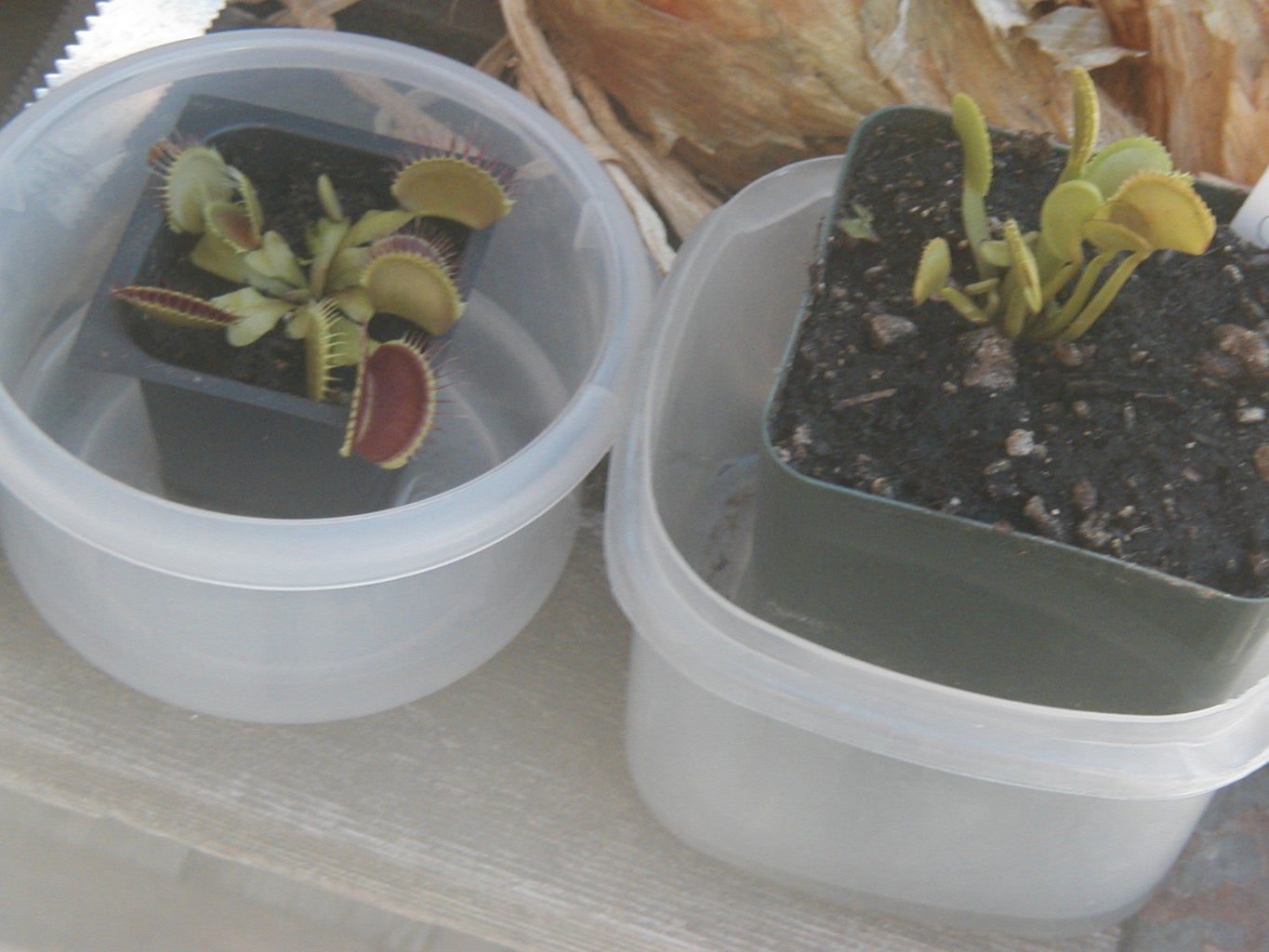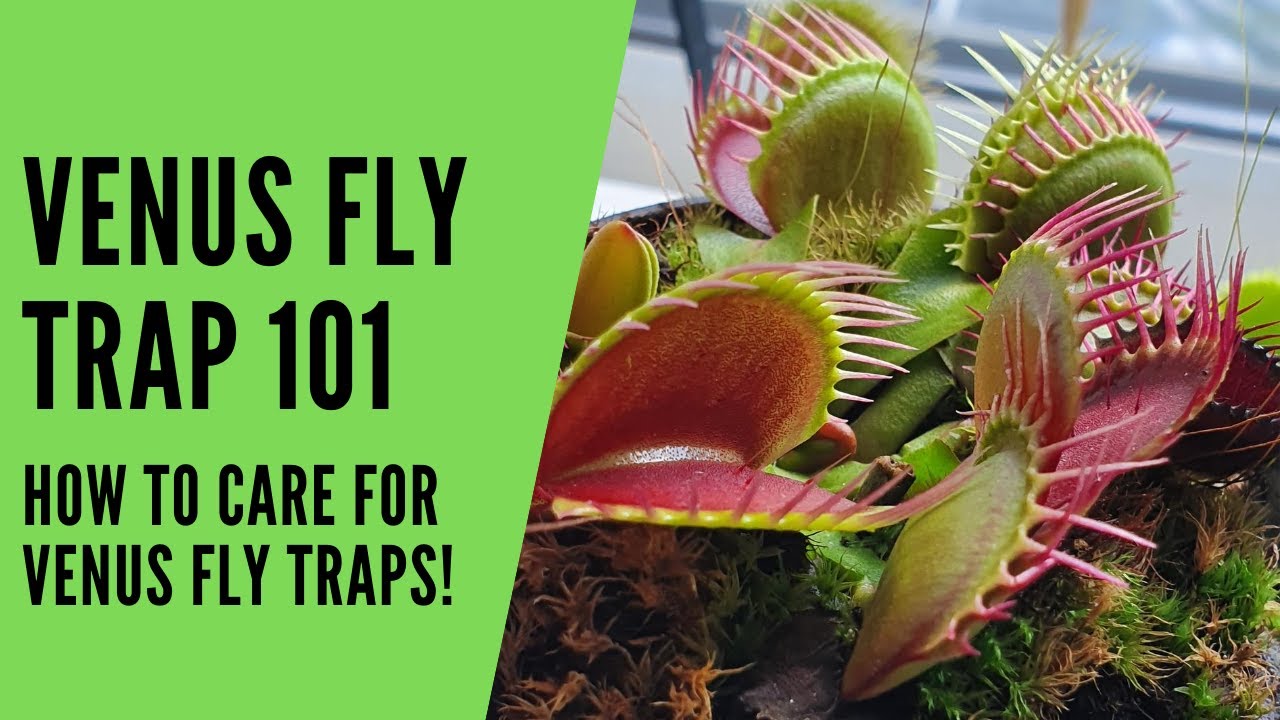The Venus fly trap is one of the most popular and unique houseplants available today. Its carnivorous nature adds an exotic factor that fascinates plant lovers and kids alike. However, Venus fly traps are often purchased on impulse without understanding proper care. Neglect or improper conditions frequently lead to a dying, stressed plant.
But there is hope! With a few adjustments, you can nurse a declining Venus fly trap back to health. This comprehensive guide covers how to identify when your plant is in trouble and techniques to save your Venus fly trap from dying.
Signs Your Venus Fly Trap is Dying
Catching issues early before extensive damage occurs gives your Venus fly trap the best chance of recovery. Here are some signs of a stressed, dying flytrap:
- Wilting or shriveled traps
- Blackened or brown leaves
- Minimal new growth
- Traps remain closed and unresponsive
- Dead traps or patches of black softened tissue
- Foul odors from rotting sections
- Mold growth on soil surface or plants
- Small, stunted appearance
A healthy Venus fly trap has vibrant green leaves and strong, functional traps. Traps should close quickly when stimulated and reopen in a day or so. Any signs of poor health indicate your flytrap needs an intervention.
Common Causes of Venus Fly Trap Decline
Understanding why your plant is unhealthy allows you to pinpoint how to get it thriving again. Here are some common issues that lead to flytrap decline:
- Inadequate sunlight
- Using non-distilled water
- Soil stays too wet
- Lack of dormancy period
- Feeding it too much or inappropriate food
- Potted in regular, nutrient-rich soil
- Extreme temperature shifts
Venus fly traps need specific care that mimics their natural bog habitat Failing to meet any of these conditions stresses the plant and can quickly lead to its demise if not fixed
How to Rescue a Dying Venus Fly Trap
With attentive care adjustments, you can nurse the plant back from the brink. Follow these tips to revive ailing Venus flytraps:
Provide bright, direct sun: Flytraps require at least 4 hours of direct sunlight daily. Slowly transition a deprived plant to avoid leaf burn.
Water only with distilled water: Tap water contains minerals that accumulate and kill the roots. Always use distilled, rain, or reverse osmosis water.
Use proper soil: Repot in a peat/perlite or peat/sand mix to simulate bog conditions. Avoid standard potting soil.
Ensure good drainage: Never allow pots to sit in water. Improve drainage by adding more perlite or sand to the soil mix.
Increase humidity: Create a humidity tent by placing the pot on a pebble tray or humidifier nearby. Maintain 40-60% humidity.
Give dormancy period: In fall, reduce watering and provide 3-4 months of cool temperatures around 55°F.
Avoid overfeeding: Only feed traps 1-2 insects per month that are under 1/3 the trap’s size. Never feed with processed foods.
Remove dead sections: Carefully trim off any fully blackened traps or leaves to prevent rot spreading.
Fertilize minimally: Apply low-dose houseplant fertilizer at 1/4 strength during active growth periods if needed.
Eliminate pests: Check for signs of fungus gnats, aphids, or spider mites. Use insecticidal soap or neem oil treatment if present.
Be patient: Recovery can take several weeks. Continue adjusting care based on the plant’s response and only propagate once fully healthy.
With the proper adjustments to sunlight, water, humidity, dormancy, soil, and feeding, your Venus flytrap should show signs of improvement within a few weeks to months.
Caring for a Recovering Venus Fly Trap
After your flytrap starts to recover, continue providing optimal care to prevent another decline. Here are some tips for caring for a convalescing plant:
- Keep in the sunniest location possible
- Water only with distilled or rain water
- Use containers with drainage holes
- Flush the soil occasionally to prevent salt buildup
- Allow medium to dry out slightly between waterings
- Feed traps living insects no larger than 1/3 their size
- Monitor for pests like fungus gnats or mites
- Avoid repotting an ailing plant until fully recovered
- Never allow prolonged exposure below 55°F or above 85°F
- Provide dormancy period in fall by reducing light and water
Avoid common missteps like overwatering, using tap water, and overfeeding. With attentive care catered to their preferences, Venus fly traps can live for 20+ years. But one mistake can quickly kill these sensitive plants.
When to Propagate a Recovering Venus Fly Trap
Propagating flytraps through leaf pulls or division can generate new plants once yours regains health. But avoid propagating unhealthy specimens. Only produce offspring from a fully recovered, thriving flytrap.
Signs your plant is ready for propagation:
- Displays vigorous new growth
- Traps appear robust and responsive
- Absence of wilting, brown spots, or dying traps
- Survived dormancy period and rebounded
Propagating offers a great way to produce more Venus flytraps. But wait until your plant reaches optimal health again to avoid propagating weaknesses.
Troubleshooting Recovery Issues
Reviving a dying Venus flytrap presents challenges but is very feasible. Here are some troubleshooting tips for plants slow to recover:
- Move to a south-facing window for maximum sunlight
- Flush salts from soil by soaking pot in distilled water for an hour
- Apply fungicide to kill mold or stem rot pathogens
- Propagate the healthiest leaves and discard most of original plant
- Maintain warm temperatures around 70-80°F until showing new growth
- Increase humidity up to 60% with a pebble tray until stabilized
- Avoid repotting or fertilizing while in a weakened state
If your flytrap continues declining, carefully assess all care aspects like light, water quality, humidity, and dormancy provided. Seek advice from local nurseries or experts if needed. With attentive adjustments catered to its preferences, you can rescue your Venus fly trap from the brink.
FAQ About Saving Venus Fly Traps
Struggling to revive your ailing flytrap? Here are answers to some frequently asked questions:
How long does it take for a Venus fly trap to recover?
Recovery time varies based on the extent of damage, but most plants begin improving within a few weeks with proper care. Full recovery can take 2-6 months.
Can a Venus fly trap come back from just a bulb?
Yes, if a dormant Venus fly trap loses all its leaves and appears to just be a bulb, it can still regrow given proper lighting, humidity, water, and temperature.
Should you cut off dead traps or leaves?
Remove fully blackened or rotten leaves and traps to improve the plant’s health. But avoid cutting off green leaves as this removes food production sites needed for recovery.
How often can you revive a dying Venus fly trap?
You can rescue a declining flytrap multiple times. But chronic issues indicate incompatible care. Adjust care routines to prevent repeated stress and decline.
What causes Venus fly trap mold?
Consistently wet soil, poor airflow, inadequate sunlight, and decaying traps can facilitate mold growth. Improve drainage, increase light exposure, remove dead sections, and drench soil with fungicide to kill mold.
Why is my Venus fly trap small?
Insufficient sunlight, erratic temperatures, lack of dormancy period, and overwatering can lead to stunted plants with minimal new growth. Assess growing conditions and adjust care accordingly.
Final Thoughts on Reviving Venus Fly Traps
While Venus fly traps require particular care, they can be fairly resilient plants when conditions match their needs. Pay close attention to signs of decline and quickly improve care before extensive damage occurs. With adjustments to sunlight, water quality, dormancy period, humidity, soil, and feeding, you can nurse your flytrap back to health. Just be patient, as reviving ailing plants often takes many weeks. With attentive care catered to their preferences, you can save your Venus fly trap from demise’s brink.
Step 1: Understanding the Plant

Many people know that these plants do eat bugs, which makes them “cool” with kids and people who like Carnivorous Plants (CP). But one misconception people have is that they are jungle plants. They arent, and grow in low-mineral soils in N/S Carolina as mentioned earlier. They require LOTS of water as well. They need three things to survive: a lot of sun, clean water without chlorine, and food. They also go into “dormancy” in the winter, when they lose their leaves and grow into small underground “bulbs.” ” This usually lasts from late September into early January, but sometimes earlier or later. Any bug that is less than a third of the size of the trap can be fed to them. One or two small crickets a month from the pet-store is usually enough. Note: In order for the plant to actually eat the bug, it must be alive and moving. The continued struggle of the victim after the trap closes is what signals the digestive process to begin. This is a picture of a flower. You probably won’t see it until a few years after you buy the plant, since most plants in stores are only a year or two old.
Introduction: How to Bring That Store-bought VenusFlyTrap Back to Life!

I just wanted to help out all those people who have a dying VFT on their hands. It’s easy to grow them as long as you don’t follow the directions that came with them. All you need is a window with direct sunlight, some distilled water, and some knowledge of how these plants grow in North and South Carolina, where they are native, and other places where they have made their home. Stuff/materials: A sunny windowsill + That poor, sad-looking VTF you got at -insertstorehere- Some distilled or R. O. water** A spare Tupperware container—if you don’t have one, these plants will be fine with a CFL that lights them up for 6 to 10 hours a day. ** RO means Reverse osmosis, and filter units have gotten considerably cheaper over the years. You can put some of the better ones under the sink or in the backyard with a spigot. They cost around $300. Most of the time, you won’t need an RO unit unless you use more than a few gallons of clean water every week. Well, these VFTs are probably not something you’ll ever find in a store. These two I put outside about a week ago. The one on the left is Dionea muscipula “B52,” which was chosen by breeders because it is strong and has a big trap size. The one on the right is my brother’s VFT. It’s a Dionea muscipula “Dente,” which is named for the short, tooth-like hairs that line its edges.
How To Rescue a Venus Flytrap and Keep It Alive (plus repotting tips)
- The Ultimate Guide to Growing Strawberries in Raised Beds - August 8, 2025
- No-Dig Garden Beds: The Easiest Way to Grow a Beautiful Garden - August 6, 2025
- How to Protect and Preserve Wood for Raised Garden Beds - August 6, 2025

